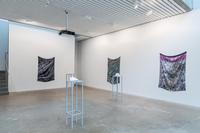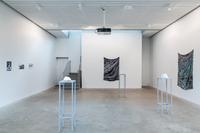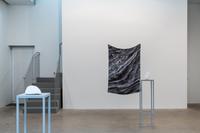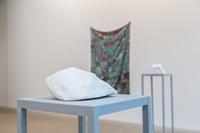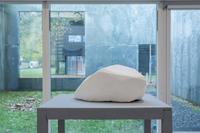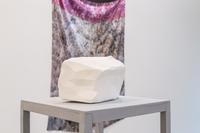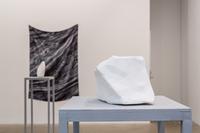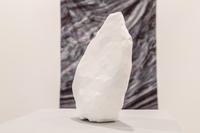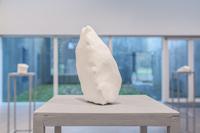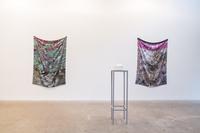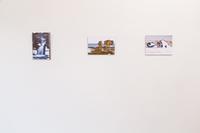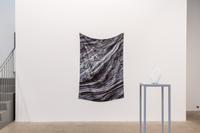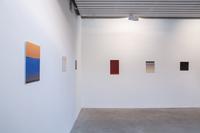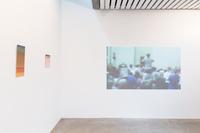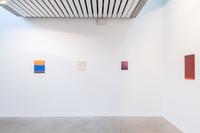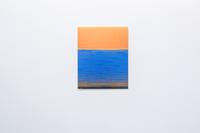Textures investigates how recent technologies have altered the way people experience art works. From smart phones to GPS, our daily lives are heavily influenced by computers. Although art objects and museums seem detached from the outside world our experiences of them too is also influenced by technological advancements.
The potential of 3D printing has lead scientists to label its rise in popularity as the ‘third industrial revolution.’ Already it has affected the way in which certain products are produced; Pirate Bay started offering CAD models for download which were perfect replicas of existing products, new homemade parts have been created for Lego kits, and weapons have been created without the need for a licence. The ground floor of the exhibition looks at how this technology makes us reconsider our physical world in terms of data and software, as well as also investigating the materiality and unpredictability of data itself. Using rocks as its starting point, the basest of all materials, the exhibition takes the history of human production full circle.
The second part of the exhibition investigates the way in which art objects are viewed. Websites and online galleries have brought artworks from all over the world to the masses, but have also provided people with very different experiences than the originals. Scale, quality and in some instances time are all restricted within the internet format. The film on display details peoples interactions with a famous artwork within a gallery. It highlights the impulse to record and document their time there, even if, as in the video, it is on a low resolution camera phone. This relationship with the work reinforces Susan Sontag‘s statement that “today everything exists to end in a photograph.” This democratised way of seeing artworks has lead people to prefer the copies to the original. To quote a man from the video ‘It looks better on TV.’
